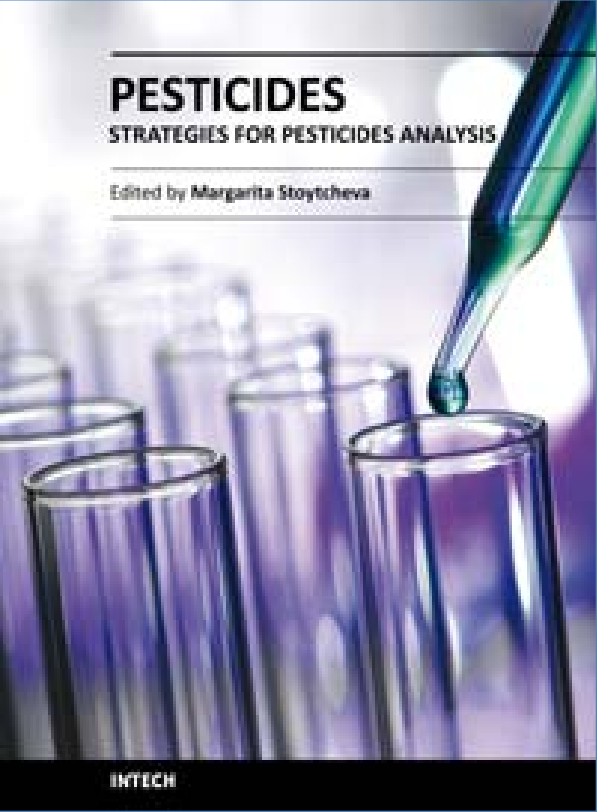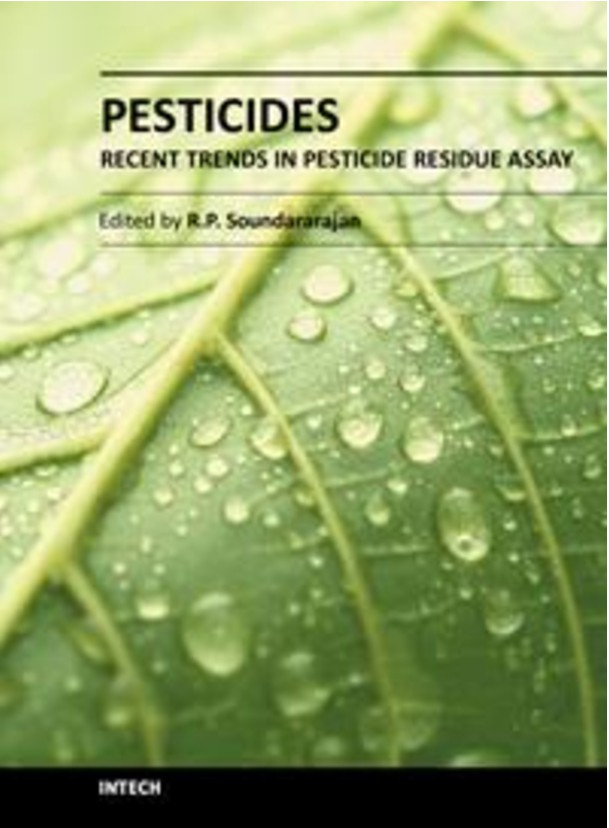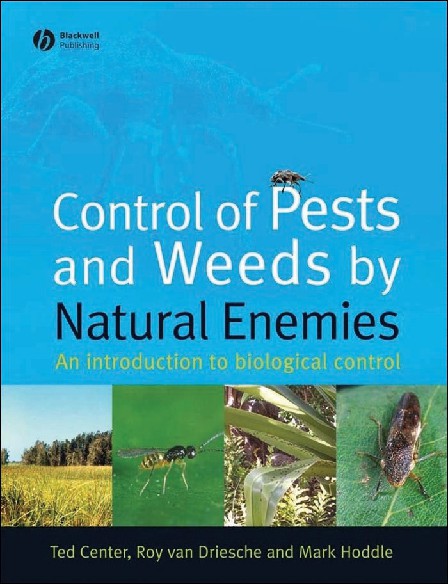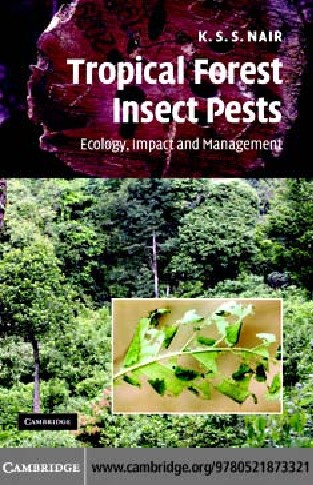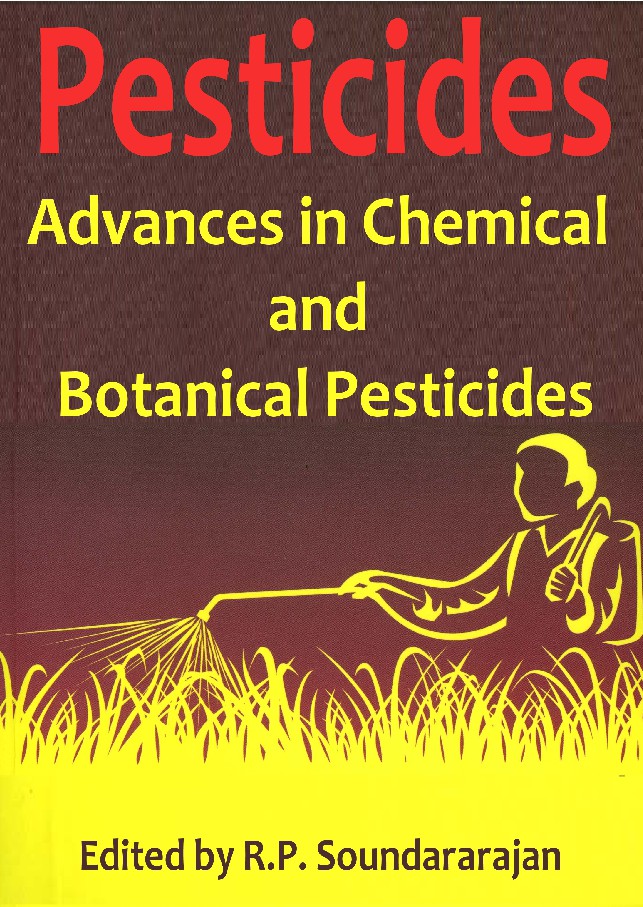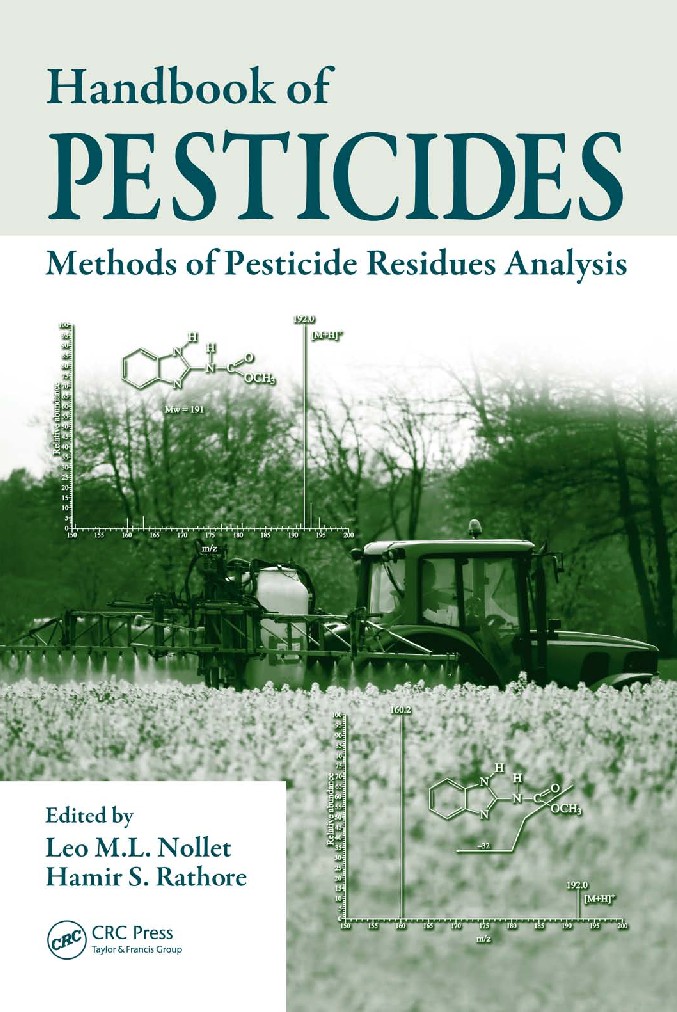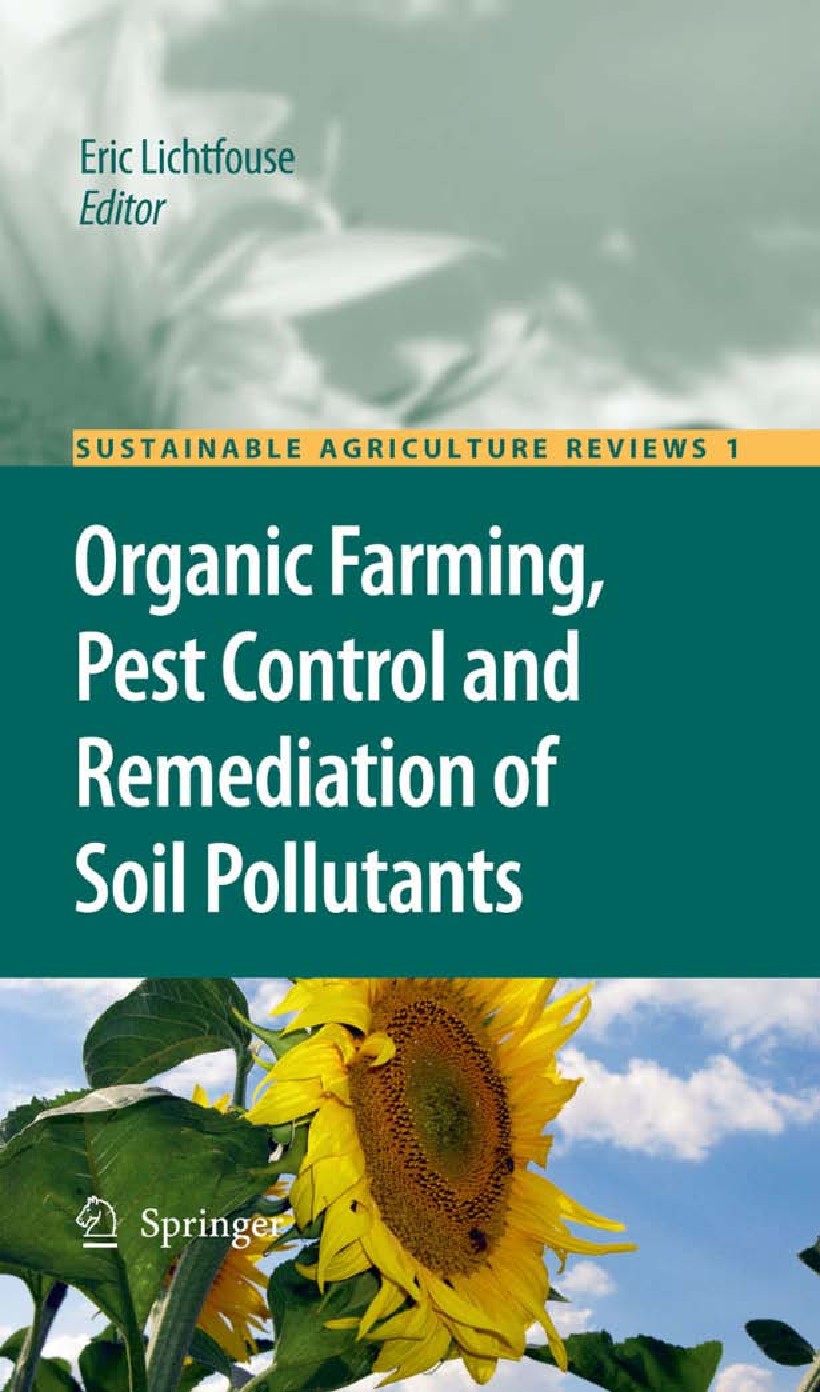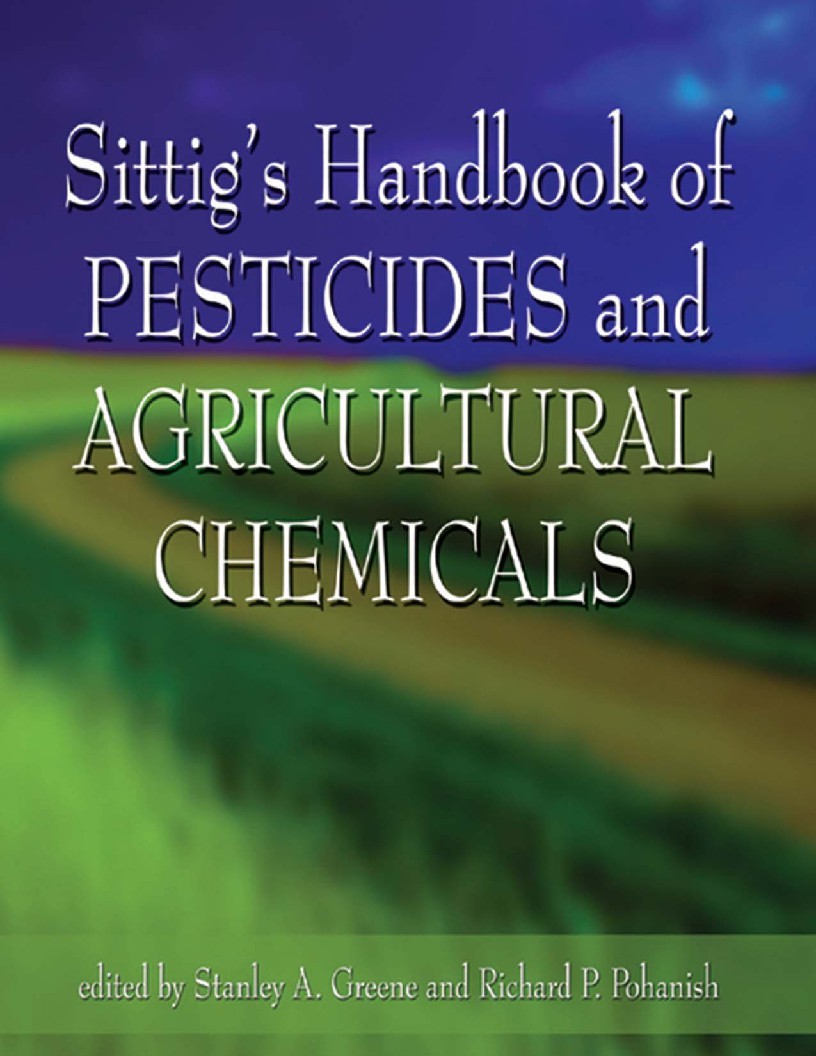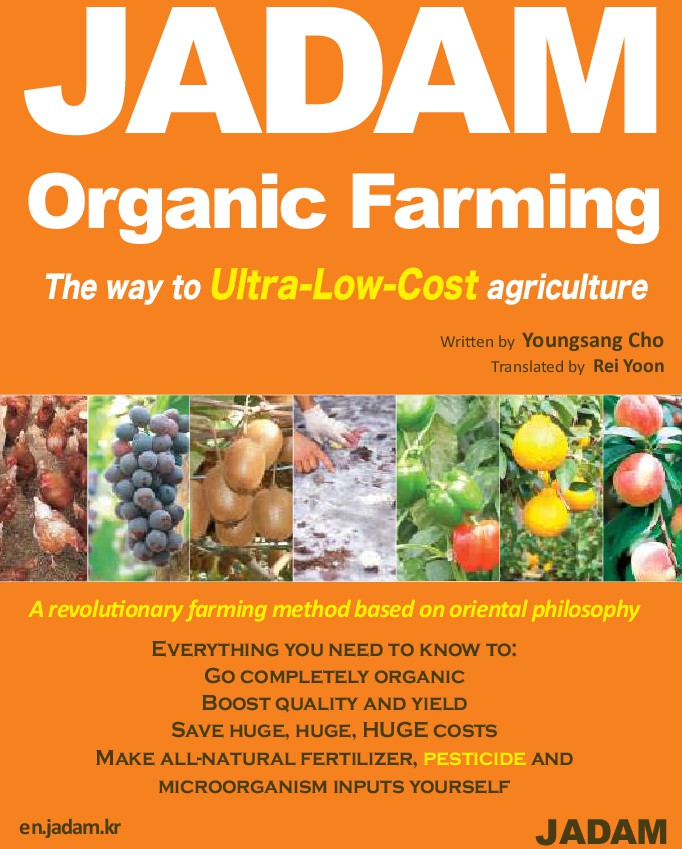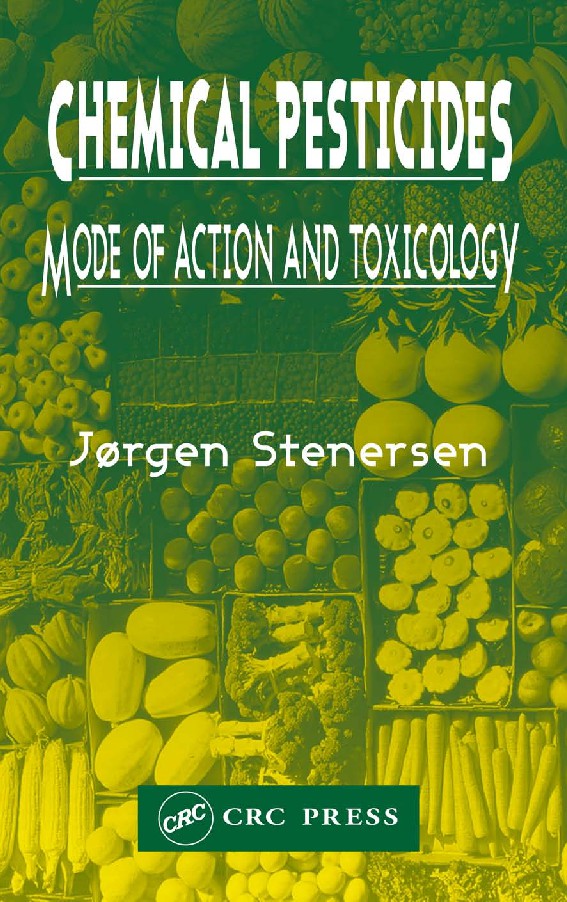Book Details
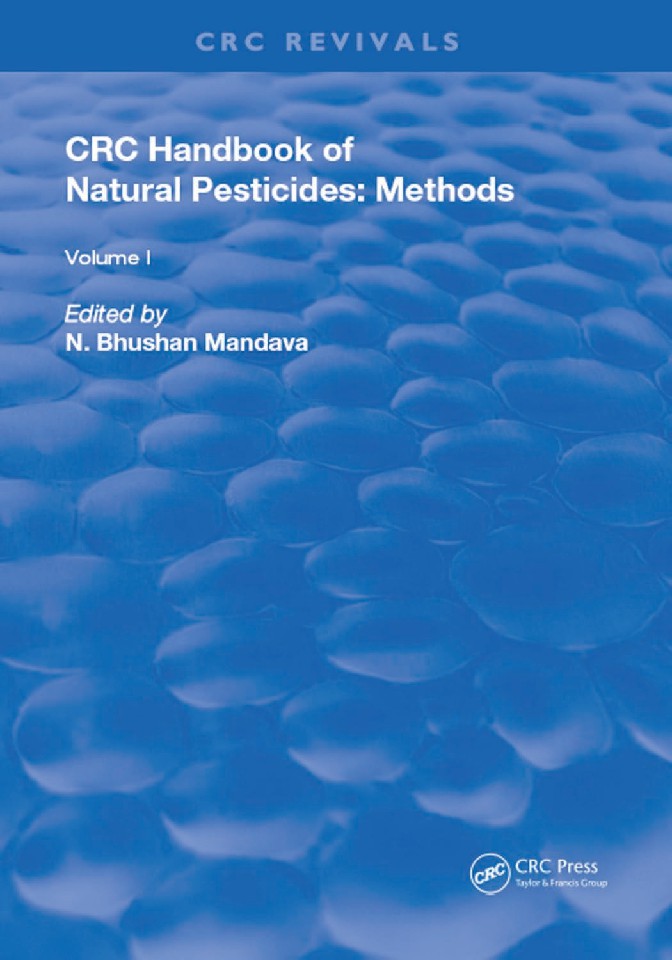
Handbook of Natural Pesticides Methods
The United States has been blessed with high quality, dependable supplies of low cost
food and fiber, but few people are aware of the never-ending battle that makes this possible.
There are at present approximately 1,100,000 species of animals, many of them very simple
forms, and 350,000 species of plants that currently inhabit the planet earth. In the U.S.
there are an estimated 10,000 species of insects and related acarinids which at sometime or
other cause significant agricultural damage. O f these, about 200 species are serious pests
which require control or suppression every year. World-wide, the total number of insect
pests is about ten times greater. The annual losses of crops, livestock, agricultural products,
and forests caused by insect pests in the U.S. have been estimated to aggregate about 12%
of the total crop production and to represent a value of about $4 billion (1984 dollars). On
a world-wide basis, the insect pests annually damage or destroy about 15% of total potential
crop production, with a value of more than $35 billion, enough food to feed more than the
population of a country like India. Thus, both the losses caused by pests and the costs of
their control are considerably high. Insect control is a complex problem for there are more
than 200 insects that are or have been subsisting on our main crops, livestock, forests, and
aquatic resources. Today, in the U .S., conventional insecticides are needed to control more
than half of the insect problems affecting agriculture and public health. If the use of pesticides
were to be completely banned, crop losses would soar and food prices would also increase
dramatically.
Author: N. Bhushan Mandava, Ph.D.
Pages: 553
Issue By: eBook 707
Published: 3 years ago
Likes: 0

